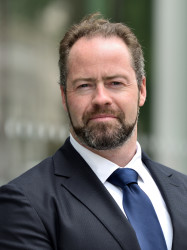BibTex format
@article{Brandl:2021:10.1016/j.ijggc.2020.103239,
author = {Brandl, P and Bui, M and Hallett, JP and Mac, Dowell N},
doi = {10.1016/j.ijggc.2020.103239},
journal = {International Journal of Greenhouse Gas Control},
pages = {1--16},
title = {Beyond 90% capture: Possible, but at what cost?},
url = {http://dx.doi.org/10.1016/j.ijggc.2020.103239},
volume = {105},
year = {2021}
}

